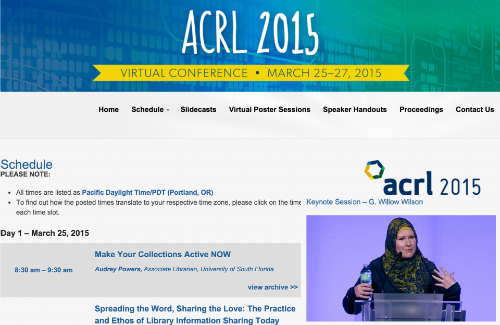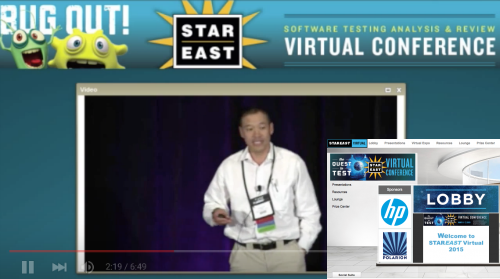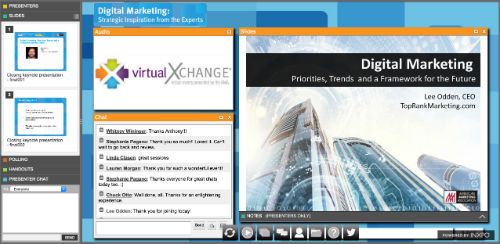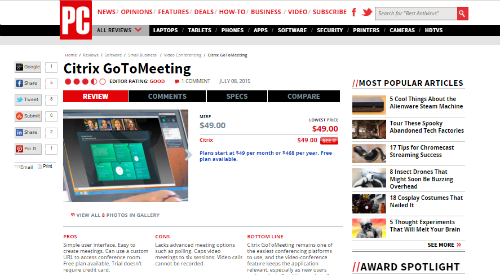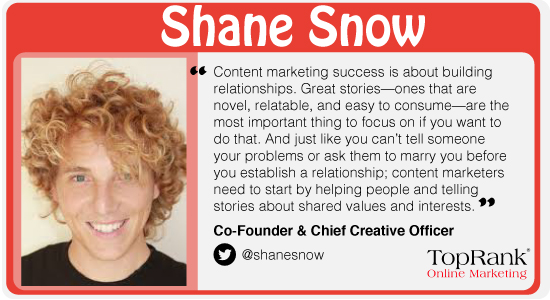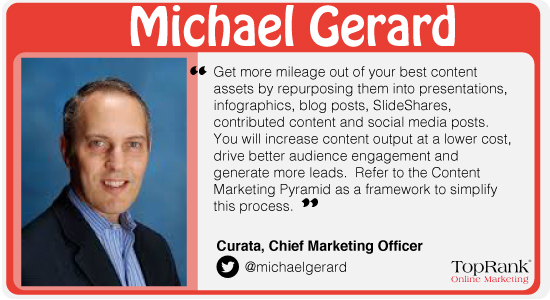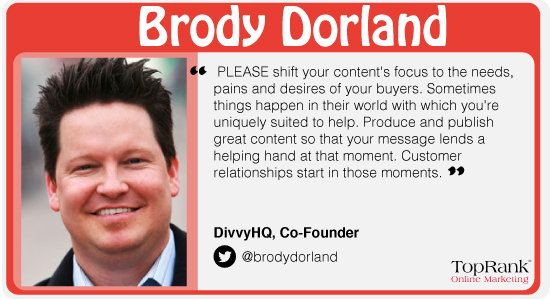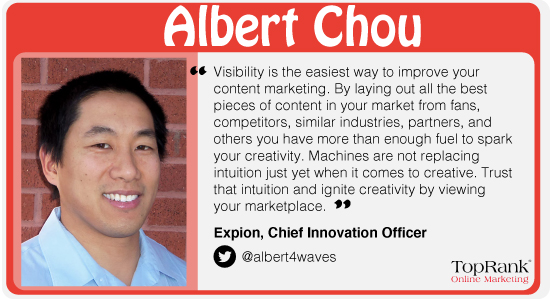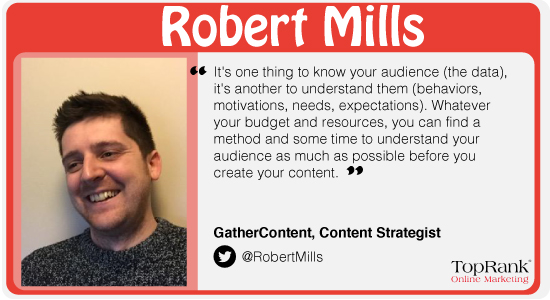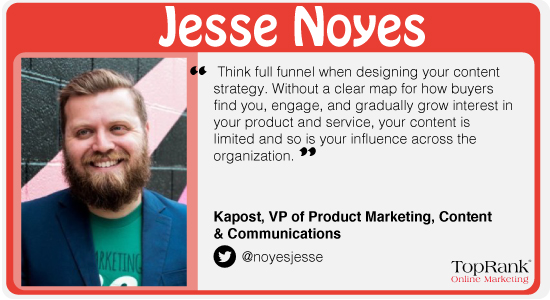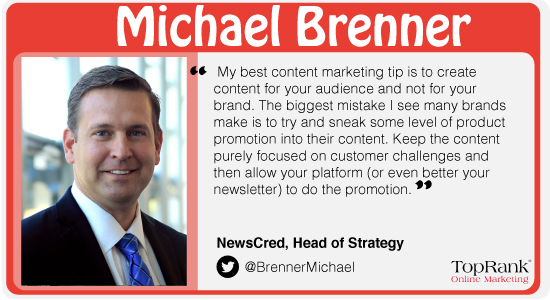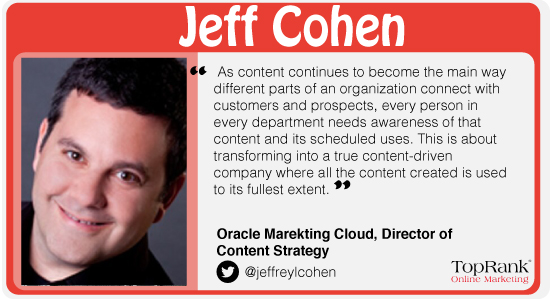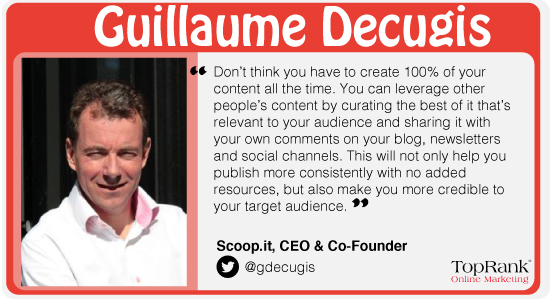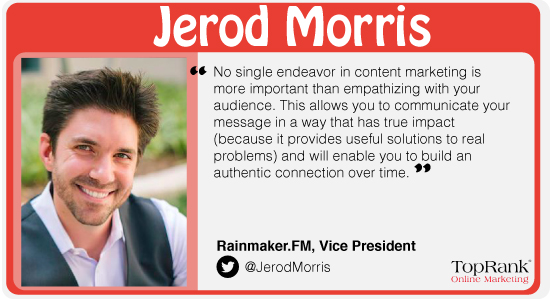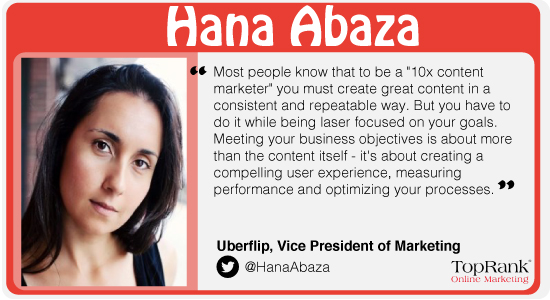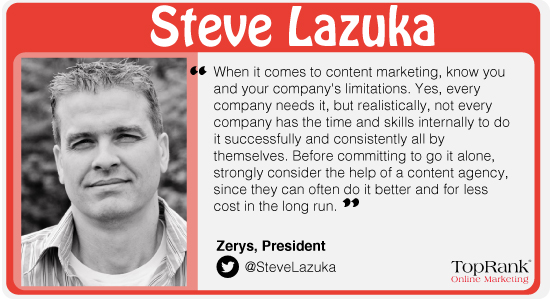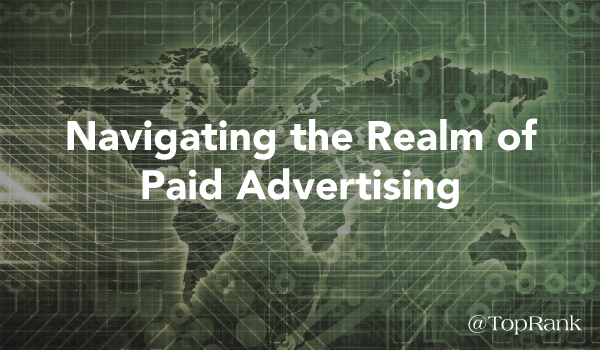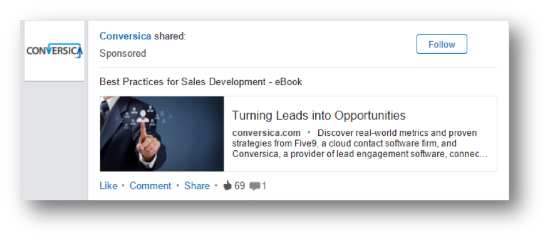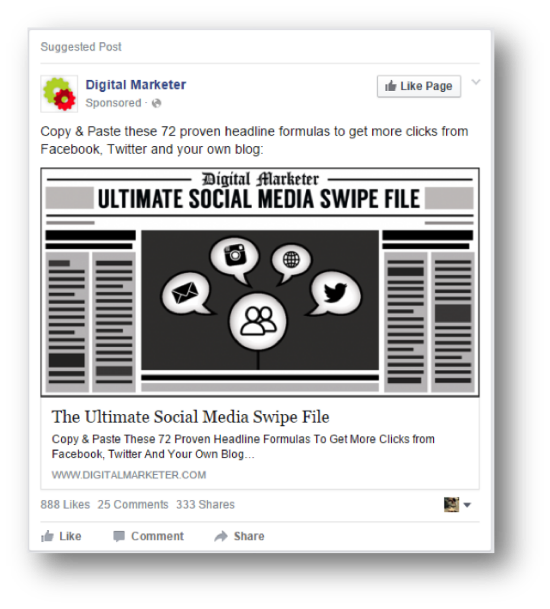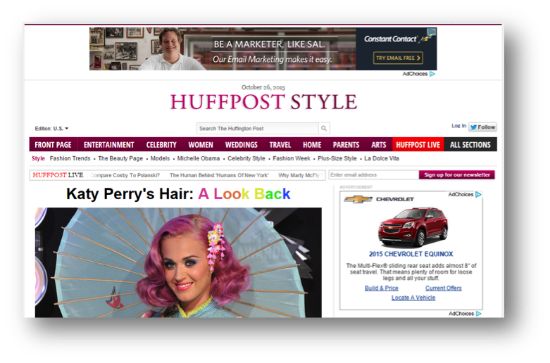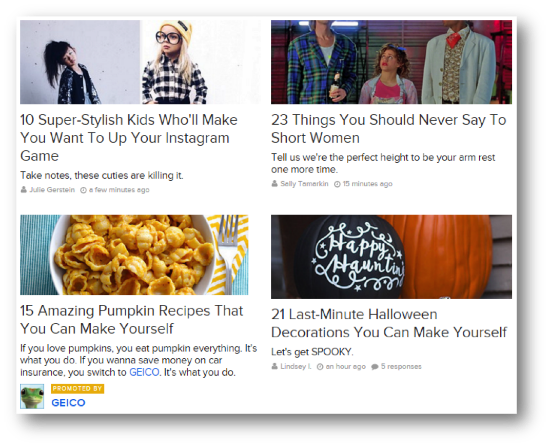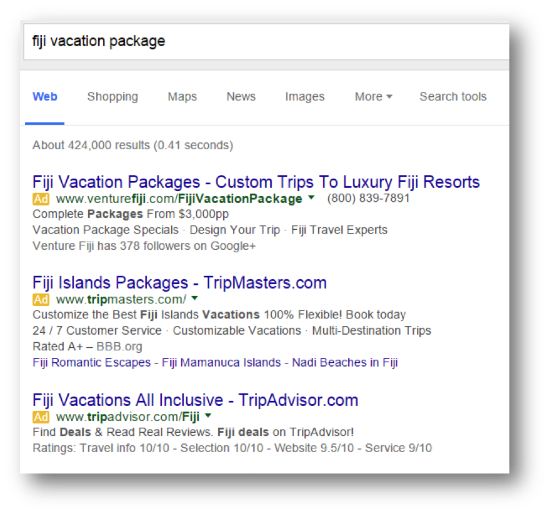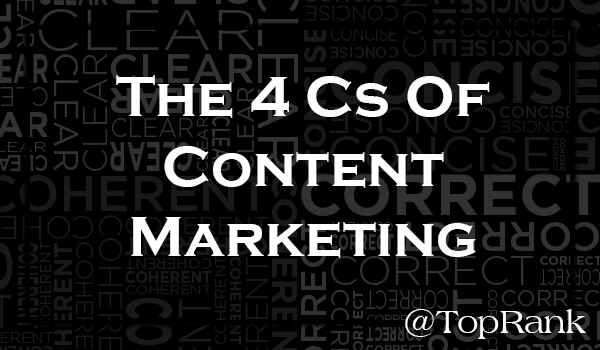
A few years ago, best-selling author and wizard-ninja hybrid Seth Godin said, “content marketing is the only marketing left.” The industry took him at his word. Over the last decade, marketers have devoted ever more time and energy to creating content.
This year, 76% of B2B marketers plan to produce more content next year than this year. Only 2% plan to produce less.
As someone who creates content for a living, I find this trend encouraging. As a marketer who wants my content to be seen, the content explosion presents a challenge.
Seth expanded on his statement in an interview with Contently this year: “Real content marketing isn’t repurposed advertising; it is making something worth talking about.”
In other words, it’s not just about creating more content. Our content needs to inspire people to like, share, link to it, and come back for more. A solid content marketing strategy can ensure that your topic is relevant to your audience’s needs. But the quality of the writing is what makes it sharable.
So once you have created a rough first draft and eliminated clichés, it’s time to turn your diamond in the rough into a sparkling gem. Jewelers use four Cs evaluate the quality of a diamond. We’ll use four Cs to make sure your content is:
- Clear
- Concise
- Coherent
- Correct
Before you begin the process, if at all possible, put the draft away and let it breathe for a bit. You fought bravely to get it from your brain to the screen. Now a little distance can help you approach it with fresh eyes. Go ahead and take an hour, or an overnight. I’ll wait.
Ready? Let’s polish.
#1 – Make Content Clear
There are two types of clarity that will make your content easier to read. The first is structural: make sure the piece has a clear road map that pulls the reader from one paragraph to the next. Since you started writing from an outline, you should already have a solid structure. Just make sure your structure is easy for readers to follow, and that it matches the road map you lay out in the introduction.
The second type is clarity in the words you use. As someone who loves language, it’s tempting to include flowery prose meant to strike the reader to the quick with its beauty. It can also be tempting to leverage buzzwords so to growth hack the thought leadership ecosystem.
But what the audience wants is simple, direct speech that’s easy to read and process. That’s not to say you should dumb it down, of course. Just make sure your ideas are the star, not fancy words.
#2 – Make Content Concise
You know what’s really very annoying? When someone uses a variety of multiple words when just a few would do the trick just as well.
How many extra words did you spot in the previous two sentences? You can communicate the same thought with “It’s annoying when writers are not concise.” Some content marketers think a “professional” tone means writing like they’re paid by the word. We can do better.
Here are a few words and phrases to eliminate:
- Passive constructs: “The ball was thrown by the pitcher” vs. “The pitcher threw the ball.”
- Intensifiers: “The building is really very ugly” vs. “The building is ugly.”
- Weasel words: “some people say,” “most marketers know,” “a majority of people would agree…”
- Cliché: “Are you ready to take the plunge and get started?” vs. “Let’s get started.”
#3 – Make Content Coherent
Your draft probably makes sense at a base level, unless you doze off mid-sentence and pear plastic rutabaga dog collar. Editing for coherency in this case is more about optimizing your work for the way your audience reads. Make your prose easier to read online with these steps:
- Break up long sentences into shorter ones. Watch out for semi-colons, emdashes, and long lists of clauses separated with commas. A few long sentences per article keeps your prose from feeling choppy, but try to keep most sentences brief. And yes, I still struggle with this. Do as I say. Not as I do.
- Break up long paragraphs. In school we learned to write five-sentence paragraphs. Online, keep it to two, or three at the most.
- Use headers to let a reader skim before they dive in.
#4 – Make Content Correct
Now that your content is clear, concise, and coherent, you only need one final polish to make it sparkle. Make sure your grammar, usage, and style are correct.
Unfortunately, your brain will work against you on this last pass. Once it gets the gist of a sentence, it will gloss over any little mistakes. Which can lead to embarrassment once the piece is published and someone points and laughs at your “their/they’re/there” or “then/than” confusion.
You will have to trick your brain into working with you. Read the piece bottom to top, one sentence at a time. That way, you will be able to focus on the words independent of the content.
Then read the piece top to bottom, out loud (somewhere your co-workers won’t get violent). Even better, enlist a co-worker to read it to you. You will be surprised how many little corrections you’ll find when you’re hearing it instead of reading silently.
Shine on, You Crazy Diamond
Good content starts with solid content strategy to make sure your topic speaks to the audience. But to take your content from good to great, use the four Cs to polish each piece before you publish it. Keep your content clear, concise, coherent, and correct, and your audience will be compelled to share it.
What is your content pet peeve? What can an author do that makes you stop reading as soon as you see it?
![]() Gain a competitive advantage by subscribing to the
Gain a competitive advantage by subscribing to the
TopRank® Online Marketing Newsletter.
© Online Marketing Blog - TopRank®, 2015. | Content Marketing: Make Your Content Shine with These 4 Editing Tips | http://www.toprankblog.com
The post Content Marketing: Make Your Content Shine with These 4 Editing Tips appeared first on Online Marketing Blog - TopRank®.

